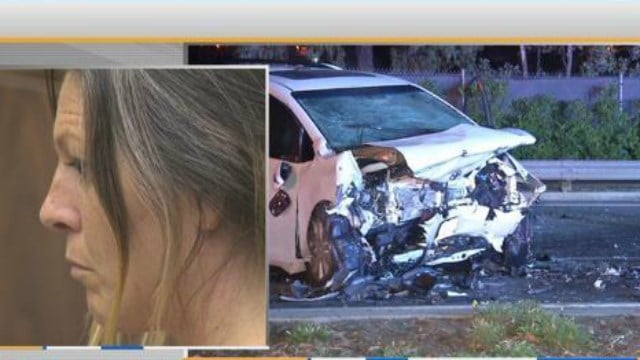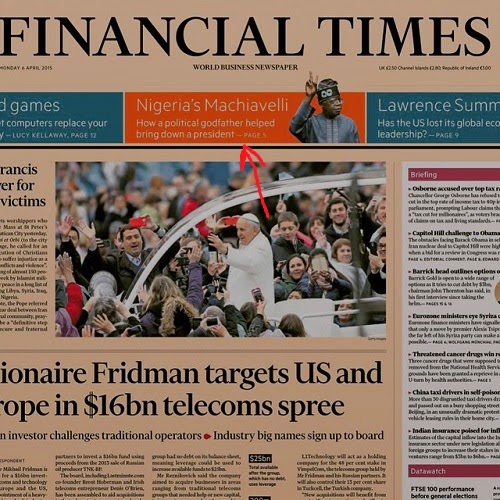

highways fall between May and August.Īccording to the U.S. Nine of the 10 deadliest days for youth on U.S. One reason is that teens are drinking are younger ages.

The period between Memorial Day and Labor Day – summer vacation for most students – has been called "The 100 Deadliest Days" for teen drivers. According to the NHTSA, a higher volume of holiday travelers, including a significantly higher number of alcohol-impaired drivers, cause nearly twice the number of automotive deaths during summer months than during the rest of the year combined. But the seasonal benefits can be negated by other factors. The summer season usually offers the best weather and driving conditions of the year – dry roads, excellent visibility, and longer daylight hours. All these numbers would almost certainly be lower if breathalyzer use were more widespread. During the Christmas period, for example, an average of 45 fatalities involving an alcohol-impaired driver occurred each day, and soared to 54 per day over the New Year’s holiday. At certain times of the year, such as summers and holidays, those numbers rose dramatically.

Research into periods when motorists are most vulnerable to accidents involving alcohol-impaired drivers offers an instructive road map for avoiding those times when driving risks are the greatest.Īccording to National Highway Traffic Safety Administration (NHTSA), between 20, 36 fatalities occurred per day on average in the United States as a result of crashes involving an alcohol-impaired driver. But when the number of alcohol impaired drivers increases, the odds skyrocket. The odds of getting into a driving accident increase during periods when there are more cars on the road, such as rush hour, or when driving conditions are less than optimal, as during periods of inclement weather.


 0 kommentar(er)
0 kommentar(er)
